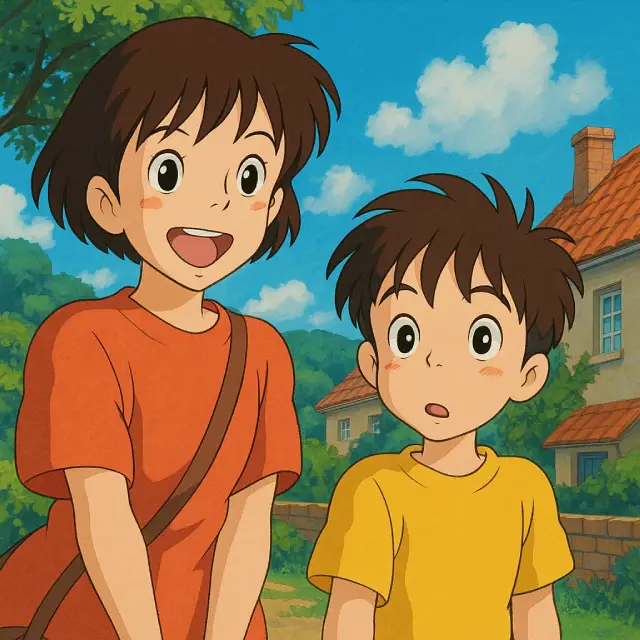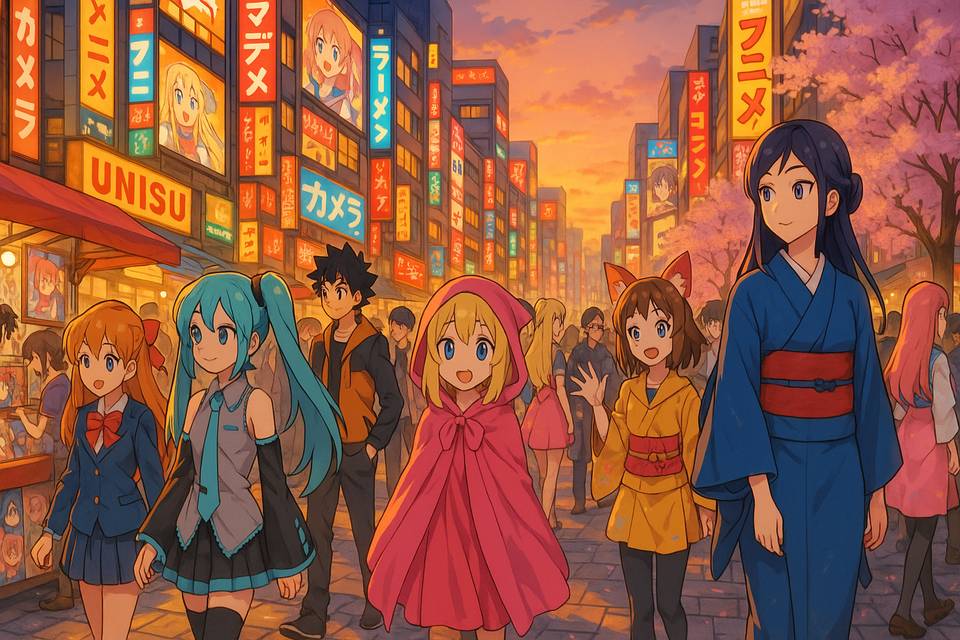Anime, a captivating and diverse form of animation originating from Japan, boasts a rich history encompassing various artistic styles. Each style offers distinct visual storytelling techniques and emotional expressions. In this blog post, we will explore the different styles of anime art, their unique characteristics, and their impact on visual storytelling.
The Evolution of Anime Art
Anime art has evolved significantly since its inception in the early 20th century. Today, it encompasses a wide array of styles, each reflecting cultural shifts, technological advancements, and artistic innovations. Here are some notable periods in the history of anime:
-
Early Beginnings (1917 - 1970s):
The first anime works, like Natsuki Takaya's "A Thousand and One Nights", established basic animation processes. In the 1930s, artists began incorporating influences from Western animation. -
The Birth of Modern Anime (1980s):
The 1980s saw the rise of influential series and films such as "Akira" and "Dragon Ball", which popularized anime worldwide and began defining distinct styles. -
Digital Revolution (1990s - Present):
The advent of digital technology has led to new techniques in animation, enabling a wider range of artistic styles and assists like AI to transform images creatively.
Iconic Anime Art Styles
Here are some prominent anime styles that exemplify the art's diversity:
1. Classic Anime Style
This style features vibrant colors, expressive characters, and exaggerated facial expressions. Popularized by Studio Ghibli and vintage series like "Astro Boy", it often combines detailed backgrounds with a whimsical charm. Characteristics include:
- Large, expressive eyes
- Simplified facial features
- Exaggerated emotions
- Hand-drawn aesthetics

2. Shonen Art Style
Targeting young boys, shonen anime often showcases action-packed scenes and dynamic characters. Series like "Naruto" and "One Piece" exemplify this style, which includes:
- Bold outlines and dynamic poses
- Diverse character designs promoting individuality
- Emphasis on action, intensity, and adventure
3. Shojo Art Style
Meanwhile, shojo anime is aimed at young girls and focuses more on romance and personal relationships. It features softer colors and intricate designs. Its characteristics include:
- Delicate facial features with large eyes
- Emphasis on characters' emotions and interactions
- Luxurious backgrounds and patterns
4. Seinen and Josei Styles
Designed for older audiences, these styles are more mature and nuanced than their counterparts. They often tackle complex themes with:
- Realistic character proportions
- Subdued color palettes
- Detailed backgrounds
enabling a deeper connection to the narrative and characters.
5. Chibi Style
Chibi refers to a style that features short, exaggerated characters with oversized heads and tiny bodies. Often comedic, it’s widely used for humor in various shows and merchandise. Key traits are:
- Oversized heads and eyes
- Short limbs and tiny feet
- Simplified forms that enhance comedic elements
6. 3D Anime Style
Integrating computer-generated imagery (CGI), 3D anime has gained popularity in recent years. This style offers:
- Enhanced visual effects and dynamic camera movements
- A seamless blend of real-world and animated environments
- Innovations in character design and motion
The Impact of Style on Storytelling
The chosen art style can significantly influence emotional engagement and storytelling elements in anime. Here are some ways in which style affects narrative:
- Visual Appeal: A vivid, colorful art style can attract viewers and enhance their overall experience.
- Character Connection: Different styles evoke distinct feelings, making characters more relatable or fantastical.
- Thematic Representation: Certain styles can underscore specific themes—like the use of darker tones in horror genres.
How to Identify Anime Art Styles
Recognizing the various anime styles requires a keen eye for detail. Here are some tips:
- Examine Character Designs: Notice the facial features, body proportions, and color palettes used.
- Assess Background Art: Pay attention to the detail and style of the environments.
- Watch and Compare: Viewing different series can help identify recurring themes and visual styles.
Conclusion
Anime art is a rich and dynamic field, with styles ranging from classic hand-drawn aesthetics to modern 3D representations. By understanding these different styles, you gain insight into their significant role in storytelling and emotional engagement in anime.
Are you interested in experimenting with anime art styles? Platforms like RestyleAI offer incredible tools to turn your photos into stunning anime-style images. Transform your visuals effortlessly to explore this captivating art form.
Try RestyleAI and bring your photos to life with vibrant anime aesthetics today!
